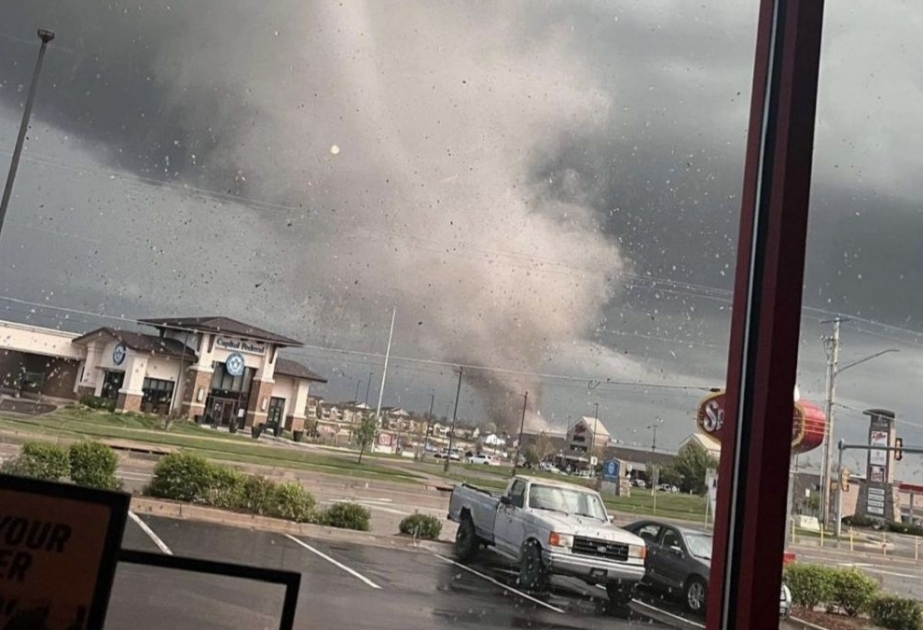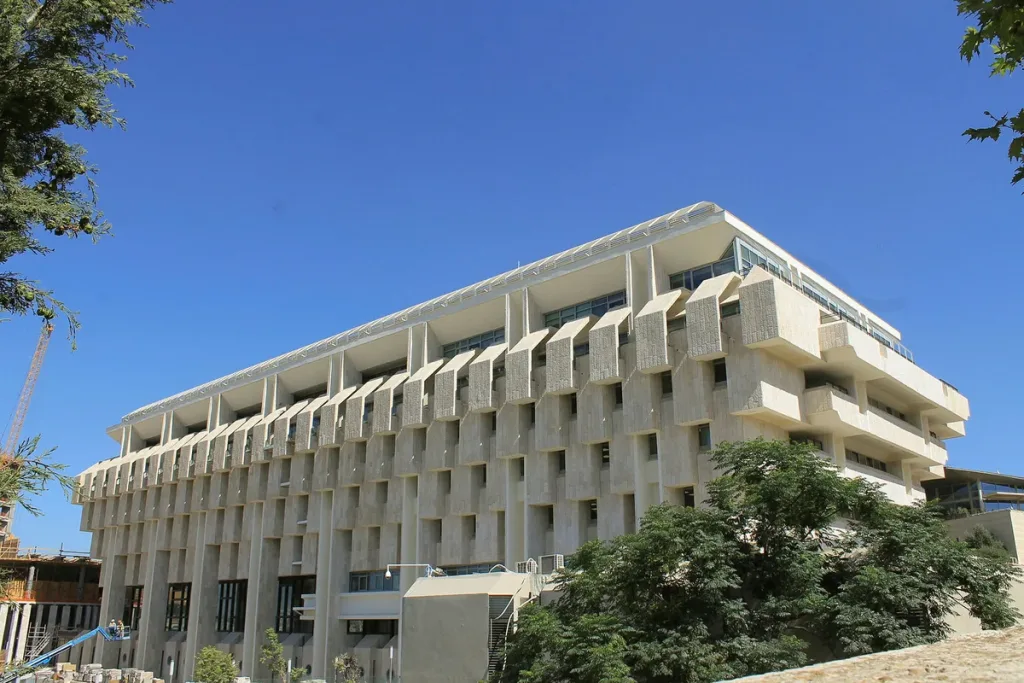Tornadoes inflicted damage across parts of the Gulf Coast on Tuesday, leaving at least three people dead on a day when severe weather swept through much of the United States, according to the Washington Post.
In pockets of northern Florida and southern Alabama, tornadoes dismantled homes, overturned trailers and left behind destruction and debris. A local official described a small town in Alabama as “basically destroyed,” while a curfew was declared in a small, hard-hit section in Panama City Beach, Fla., in Bay County on Tuesday night as authorities contended with hazardous damage.
“It was really just tremendous devastation,” said Bay County spokeswoman Valerie Sale, likening the damage in a few spots to 2018’s highly destructive Hurricane Michael.
Fifteen tornadoes had been reported along the Gulf Coast as of 6 p.m., according to the National Weather Service, which must verify the preliminary reports. Tornado watches stretched from Florida to Virginia.
Across the country, severe wind, rain and snow from various storm systems closed schools, delayed flights and caused power outages. On Tuesday morning, nearly all 50 states saw National Weather Service alerts. The number of power outages grew throughout the day, with more than 670,000 customers without power at 4 p.m. Eastern time, according to PowerOutage.us. That number fell to about 525,000 late Tuesday.
Snow blanketed the Plains and Midwest, closing schools and disrupting travel. The Appalachians, Mid-Atlantic and Northeast faced heavy rain and were poised against the threat of flash flooding. Nearly 50 million people were under coastal flood warnings Tuesday afternoon.
Western Washington was under a blizzard warning for the first time since 2012, bracing with Oregon for snow in the Cascades. Even Hawaii was under threat of snow and wind gusts on Big Island summits.
An 81-year-old woman was killed in Cottonwood, Ala., after a tornado lifted her mobile home off its foundation. The home rolled two or three times, landing on its side and killing the woman, Charlotte Paschal, who authorities believed was sheltering in her bathroom, said Houston County Coroner Robert Byrd. In Birmingham, a person died when a tree fell on their car, police spokesman Truman Fitzgerald said.
In the eastern United States, the storm system was driven by an atmospheric river, which brings thunderstorms and downpours. Powerful rotating thunderstorms called supercells spawned the tornadoes. And because the rain came after an unusually wet December, flooding became more probable.
Atmospheric rivers associated with East Coast winter storms typically move out to sea and miss communities on the coast, but in recent weeks, a pattern has pulled moisture inland. The storm system was dragging a large stream of water vapor from the Gulf of Mexico and Atlantic Ocean north and up the East Coast, satellite data showed.
“The house was upside down,” Byrd said. “There were several downed trees, other houses damaged, clothing and furniture and those kind of things scattered around the yard.”
A person was killed in Claremont, N.C., after a severe storm hit a mobile home park. Two others were in critical condition, said Catawba County spokeswoman Amy McCauley. The National Weather Service was working to determine whether there had been a tornado, McCauley said.
Another death was under investigation in Jonesboro, Ga., where authorities said a driver was found dead with a fallen tree on their car. Clayton County police noted the storm probably felled the tree but said the cause was being investigated.
While some areas of the country were still waiting for Tuesday’s worst impacts, more severe weather was forecast for Friday and Saturday. A storm could bring thunderstorms to the South, flooding and high winds to the East Coast, and a blizzard to parts of the Midwest and the Great Lakes, models predict.














